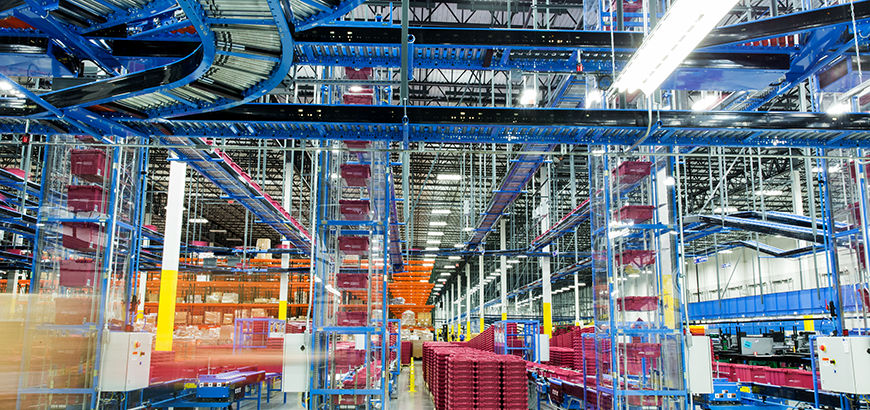
The top three Prescribed Perspectives articles downloaded by health systems in June.
Scott Miller joins panelists to discuss supply chain resiliency and the integral role of data.
By
Date
November 01, 2021
Read time:
2 minutes

In a recent a panel discussion, hosted by the American Hospital Association (AHA), Scott Miller, president, McKesson Health Systems, joined leaders from several health systems to discuss remediation strategies to reduce patient risk. As health systems look to the future, they are seeking to shift their strategies and emerge from the pandemic more resilient and prepared. Data and analytics, as well as technology, were recurring themes panelists shared throughout the conversation. Here are some key takeaways from the discussion, as summarized by AHA:
Scott addressed data and analytics, specifically, shedding light on trends he’s seeing that will continue to help health systems in the future:
“We have made and are continuing to make significant investments in our supply chain analytics tools. That helps us for normal seasonality and normal volatility. But now, with the pandemic, you can’t really forecast demand, given how unusual the situation is. We can expect that kind of volatility to happen into the future,” says Scott.
“Communication and visibility into the supply chain are critical. We need more information from our customers on patient loads and expected demand triangulated with what we’re learning from our suppliers upstream. Within that, we’re able to close the loop and, as a community, better solve normal and unforeseeable volatility and turn that data into actionable information. Communicating it up and down is important.”
When reflecting on what’s next, Scott says he wants to look at ways McKesson can continue to support hospitals and health systems with the data and analytics tools.
“We want to be able to predict and understand your needs in advance. You can’t afford to hold that much just in case inventory, but just in time is maybe a bit too lean.”
“The communications as to anticipated and current volumes combined with data-driven insights will make all the difference in driving a resilient health care supply chain,” says Scott.
Explore how we’re working to provide health systems with the tools to make more data-driven decisions.